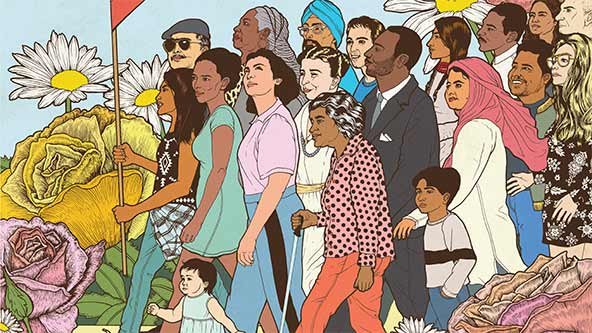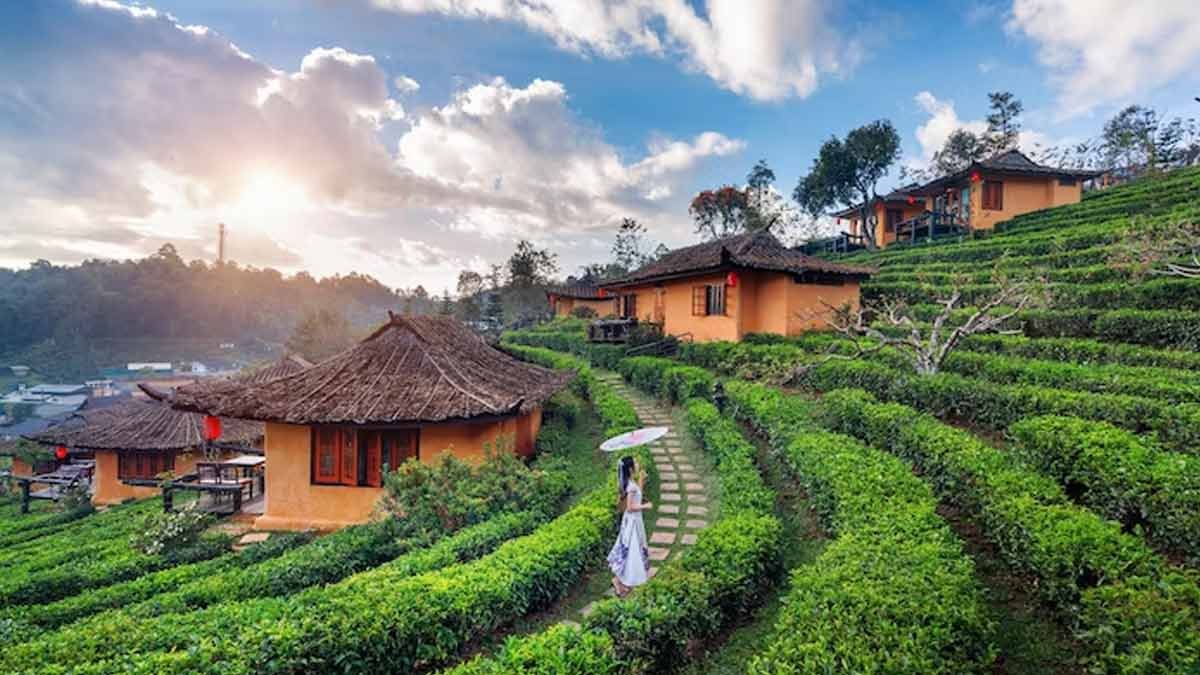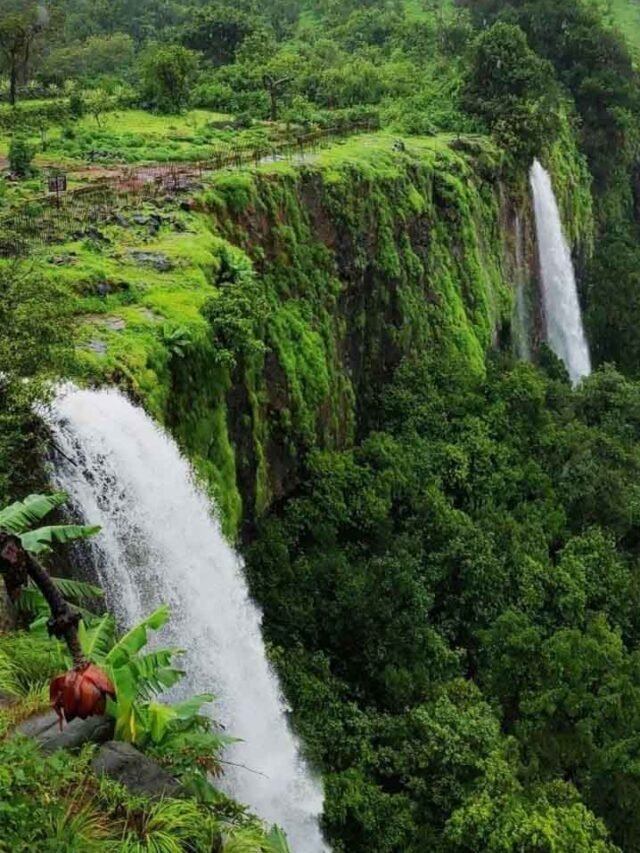By: Salil Saroj
“I will give you a Talisman. Whenever you are in doubt or when the self becomes too much with you, apply the following test. Recall the face of the poorest and the weakest and whom you may have seen and ask yourself if the step you contemplate is going to be of any use to him. Will it restore him to a control over his own life and destiny? In other words, will it lead to Swaraj for the hungry and spiritually starving millions? Then you will find your doubts and yourself melting away”. – Mahatma Gandhi
Panchtantra, the great compendium of fables says:
“Apujya Yatra Pujyante Pujyanam Tu Vimanana,
Trini Tatra Pravantante Durbhiksham Maranam Bhayam.”
Meaning, where the irreverent are worshipped and the venerable despised, there will be found famine, death and fear. We fear that the epitaph, which Einstein wrote for Gandhi, that ‘the coming generation would find it hard to believe that Gandhi was creature made of flesh and bones.’ Perhaps, we need to remember and remind ourselves that Gandhi was an extraordinary man able to achieve extraordinary through simple beliefs and exemplary practices.
The success of Gandhian tool is closely connected with the prudence of the leader. Philosophy is based on that experience of truth which one attains by rising above favours and fears. For this very reason, Gandhi’s experiences form a profound philosophy for mankind:
The Chankyaneeti darpan says:
“Tathta Chaturbhin Purushah Parikshyate,
Tyagena Sheelena Gunena Karmanaa.”
Meaning, sacrifice, temperance, qualities and deeds are what test a person. There is no doubt that Gandhiji’s personality and work provide a practical validity to his philosophy.
During the freedom movement, Gandhiji would suddenly ask the political workers of congress to stop political disobedience movement, and dedicate themselves to ‘constructive’ social work in the villages for the next year or so. Much of this ‘constructive‘social work was addressing problems of illiteracy, ill-health, lack of sanitation etc. In this approach, direct political action against the colonial rule and supportive social action with the poor were seen as two sides of the same coin-transformation. After independence, however, many Gandhians joined the government, while just a few (Vinoba Bhave and Jaiprakash notable among them) remained dedicated to ‘constructive” social work in the communities. The politics of social transformation, over the past six decades, gradually became disconnected with the politics of governing the Indian state.
This separation has resulted in an understanding of separation of political society from civil society –former is focused on ‘capturing’ and ‘running” the state, while the latter is concerned with bringing about changes in the society itself. People of India are just voters (periodically electing representatives and then going to sleep) : nor are they mere beneficiaries ( for whose welfare distant bureaucrats plan one-size-fits all programmes; they are citizens, who have an ongoing right and responsibility to engage with the processes and structures of decision making that affect common public good in their localities – governance per se!
Civil society represents the realm of an organised social life that is voluntary, self – generating, largely self supporting and bound by a legal order of shared values.”- Larry Diamond
The first two decades of post-independent India was marked by an ebb in the activities of voluntary organisations as most group efforts and initiative were subsumed within the “ nation building’ process. By the late 1960s the dominant political and economic model of development 9 that had marginalised large sections of the people0 came to be questioned , even as the ‘ revolution of rising expectations’ led to the rising revolution of frustration . This was mainly due to the declining significance of institutional politics.
Even today a large number of groups excluded from the socio-economic agenda continue to remain poor and powerless because their interests are rarely given much attention. Not surprisingly formal institutions began to lose credibility. Political parties as they communalised politics for electoral gains, and trade unions were not effectively incorporating the informal sectors of the economy. The decline of institutional politics coupled with the exclusion of people at best or manipulation at worst pushed margin sections further away from the mainstream politics. This resulted in the growth of organisations and associations that sought to address various issues should have been addressed by formal politics.
In response to the systemic failure of the national , state and local institutions and organisations to bring about positive change , groups which were variously called Voluntary agencies (Vas) , Non-Party Political Formations (NPPFs0 or Non-governmental organisations (NGOs) erupted on the horizon of Indian politics . They have indeed become the focus of debate over the past two decades. The complex of these groups represents a strange blend of organisational style, strategies, ideologies, composition and functions, but in essence, these groups reflect the deep disenchantment with traditional institutions and organisations. They simultaneously represent attempts made by the dispossessed sections to bring a semblance of self- regulation into their activities in life.
The role of non-governmental organisations in sum was spurred by the general disenchantment with formal institutional structure. The NGOs have, by taking up the cause of urban poor often independently, by providing alternatives to the formal development model, or by otherwise collaborating with formal governmental structure to make the delivery system more workable and viable, emerged as important actors in political life. They are in other words a response to the bankruptcy of formal political institutions. And it is clearly visible by the fact that in 2009, 17,368 farmers killed themselves. Agricultural growth, the mainstay of the Indian economy, has remained stagnant for the last decade at 1.6% and it has now slipped to 0.4%. The planning commission report of 2011 has had to admit the gross inequality of assets wherein the top five percent possess 38% of the total assets and the bottom 60% owning a mere 13%. There is one-third high incidence of poverty amongst SCs/STs and one –third of Muslims live below the poverty line.
Gandhian ideas brilliantly enmeshed the aforementioned attributes of a civil society. The cornerstone of Gandhi’s philosophy was Satyagrah, Satyagrah for the public’s rights. For this he initiated civil disobedience and non-cooperation movements, organised strikes and undertook fasts. Gandhi was honest in his methods of Satyagrah and that is why we really saw him fail. He had great faith in the public’s power, because the initiation and culmination of revolution lie in them. Gandhi, thus, laid great emphasis on people’s participation in every political social programme. He adopted the policy of struggle – agreement- struggle for political agitation. He knew and understood the limits of the public’s capacity; despite the prevailing mental framework among their leaders for continuing the struggle, he often allowed a pause in the fervour phase in which some truce was made with the authorities. And in this ‘agreement” phase, he infused new energy into the revolution. It was a real tough task to lead different sets of people under one philosophy, but Gandhi succeeded in his venture. As regards democracy, Gandhi believed that if democracy was disciplined and enlightened then it was the best system, otherwise, it was the most chaotic. Gandhi was absolutely correct in his views. Witness what goes on today in the name of Democracy!
Marching on the footsteps of Gandhi, the civil society has come a long way since its initiations. Akhil Bhartiya Seva Sansthan came out to protect the rights of Kol tribe and this sansthan set up the Patha Kol Adhikaar Surakshya Manch. It highlighted the plight of Kols and started negotiating with the state government of Uttar Pradesh for not only fertile land but also for original land. T also enabled to get them the other benefits like education, health etc. Kamala Health Protection Mandal started educating the industrial workers, who suffered from non- implementation of central policies in Gujarat, about the policies and also negotiating with the state government.
Pratham, an NGO, is actively imparting the educational facilities to the slum dwellers. Kerala Swatantra Malaya Thozhilali Union mobilised the fishermen in Kerala and pressurised the state government, which in turn provided a number of facilities to them.
Orissa Krishak Mahasangh and Chilka Bachao Aandolan arose to advocate for the livelihood of the people and put a check on the exploitation of ecological sensitive areas.
Delhi Air Pollution Case (1980-90) was given a right direction and result due to the efforts of journalists, media, environmentalists and scientific experts and duly government came out with a number of policies where this problem was addressed.
Disha, an organisation came out with the alternative Budget analysis in which it tried to analyse the discrepancy between the actual policies of the government and the amount to the welfare of the tribal people in Gujarat.
Vrikshamitra, an organisation in Maharashtra created the awareness among tribes; they had direction for them and due to their focused campaigning, Nistar (Land) was given t the tribal people.
In Karnataka, due to mobilisation of civil society, large scale awareness was created and they pressurised the government to come out with 74th constitutional amendment act.
Civil society and political society, both are essential social transformation in India. Whenever they appreciate each- other’s distinctive roles, complementary and synergistic outcomes follow. Where that is not the case, adversarial interactions have to be contented with. But, as civil society actors, representation is not the basis of our legitimacy. Our values, our work, our commitment to the democratic transformation of our societies – constitute the basis of our voice. And the same philosophy of Gandhi is fully reflected in our constitution. He was against any division of people based on birth, colour, sex and the like. Gandhi lived multifaceted philosophy all his life and we need to emulate those in practice.
It can be stated without any doubt that the institution of civil society is going to play an increasing important role in the coming years. It is this institution that the ‘leadership of a democratic society is trained and recruited, it is civil society in tandem with the state that tames the market. Without a free and robust civil society, market capitalism, which Gandhi never wanted to happen, will inevitably turn into mafia capitalism.
“Without civil society democracy remains an empty shell.”
Good governance and proper development demand a strong civil society and this requires democracy in the broadest and truest sense of the term. The role of civil society is valuable because the absence of it will signify the absence of democracy itself. As pointed out by Chandhoke, the rhetoric of civil society allows for all kinds of politics, and not all this politics s desirable . Civil society finds as much space for casteist, class, communal and patriarchal projects as for movements challenging them. But people have to have spaces and values to associate with others, to discuss, interact, initiate and challenge the state and state projects and mainly to chart out democratic and developmental agenda and compel the state to conform to it. If civil society succeeds in this task, the ordinary individual will realise democracy and then only the vision of “Ramrajya’ eulogised by Gandhi will be fully cherished.
(The writer is an Executive Officer of Lok Sabha Secretariat, Parliament House Annexe, New Delhi)












